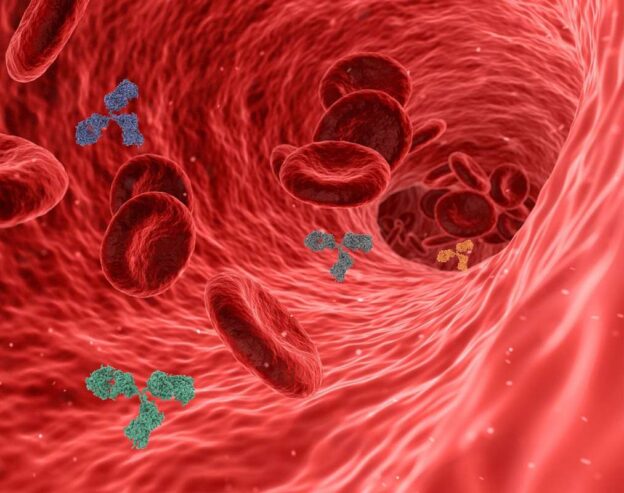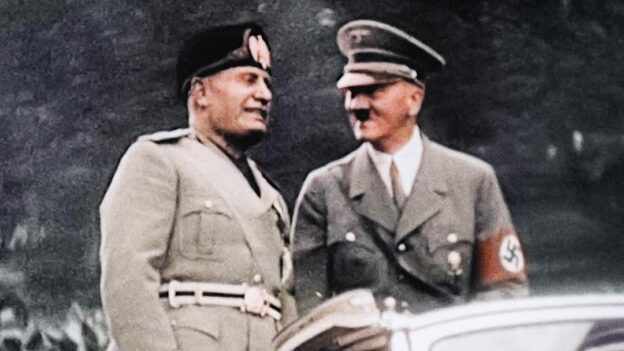“Even Ataros and Divon” is the extent of the Gemara’s directive about the halachah (duly codified in the Shulchan Aruch) that Jewish men recite shnayim mikra vi’echad targum – each pasuk of the week’s Torah portion twice and its Targum Onkelos rendering once (Berachos 8b).
The “even,” of course, refers to the fact that Ataros and Divon, as names of places, are proper nouns and hence no different in targum than in mikra. All the same, Rav Huna bar Yehuda in the name of Rabbi Ami says, they, too, must be recited a third time.
Although Rashi explains that the places in that pasuk are rendered the same in Targum Onkelos, our Chumashim do indeed have different renderings of those names (with the exception of the final one, Be’on), As do the Targum Yonason ben Uziel and the Targum Yerushalmi, with variations.
What’s more, there are dozens of names of places and people throughout the Torah that are rendered the same in targum as in mikra. Why would the Gemara seize particularly upon Ataros and Divon (especially since they do in fact have targum)? And there are other psukim in the Torah that, like Ataros and Divon, consist entirely of proper nouns.
Tosfos (ibid) say that the Gemara’s intention is to direct us to use the alternate targumim even though there is no non-repetitive Onkelos one. (And, presumably, publishers, somewhat misleadingly, included one of those targumim in our editions of Targum Onkelos itself.)
Interesting, though, is the fact that the targum renderings of the names the Gemara mentions, Ataros and Divon, the ones we have in our Chumashim, whether they are Onkelos’ or not, are machlelta and malbeshta, words whose roots seem to mean “inclusion” and “cloaked.”
I wonder if those renderings may be meant to signify that the Torah includes much more in its words than their simple meanings; and that deeper meanings are cloaked in its every word. And, thus, that repeating even a proper noun a third time is indicated.
© 2025 Rabbi Avi Shafran









